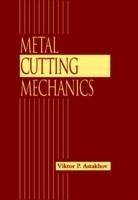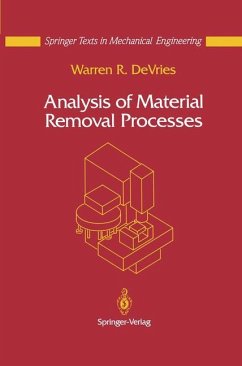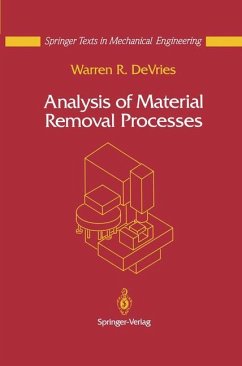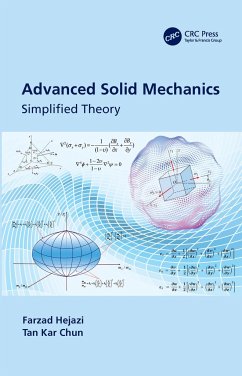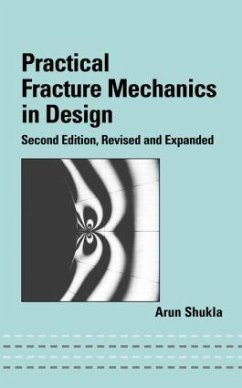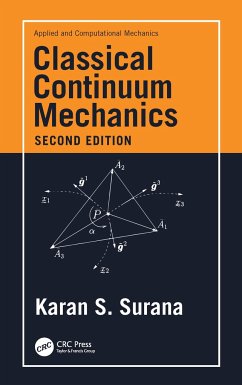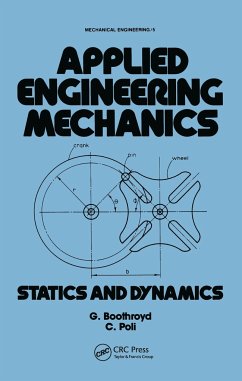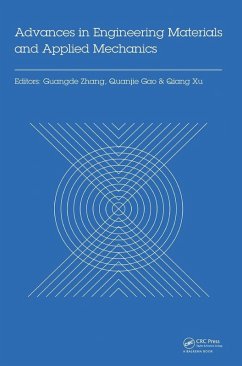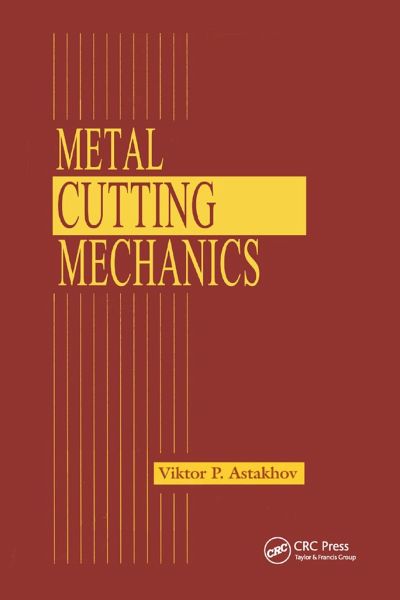
Metal Cutting Mechanics
Versandkostenfrei!
Versandfertig in 1-2 Wochen
80,99 €
inkl. MwSt.
Weitere Ausgaben:

PAYBACK Punkte
40 °P sammeln!
Metal Cutting Mechanics outlines the fundamentals of metal cutting analysis, reducing the extent of empirical approaches to the problems as well as bridging the gap between design and manufacture. The author distinguishes his work from other works by suggesting a distinctive way toward predictability of the metal cutting process and devoting special attention to experimental methodology. This book provides an exceptional balance between general reading and research analysis, presenting industrial and academic requirements in terms of basic scientific factors as well as application potential.





